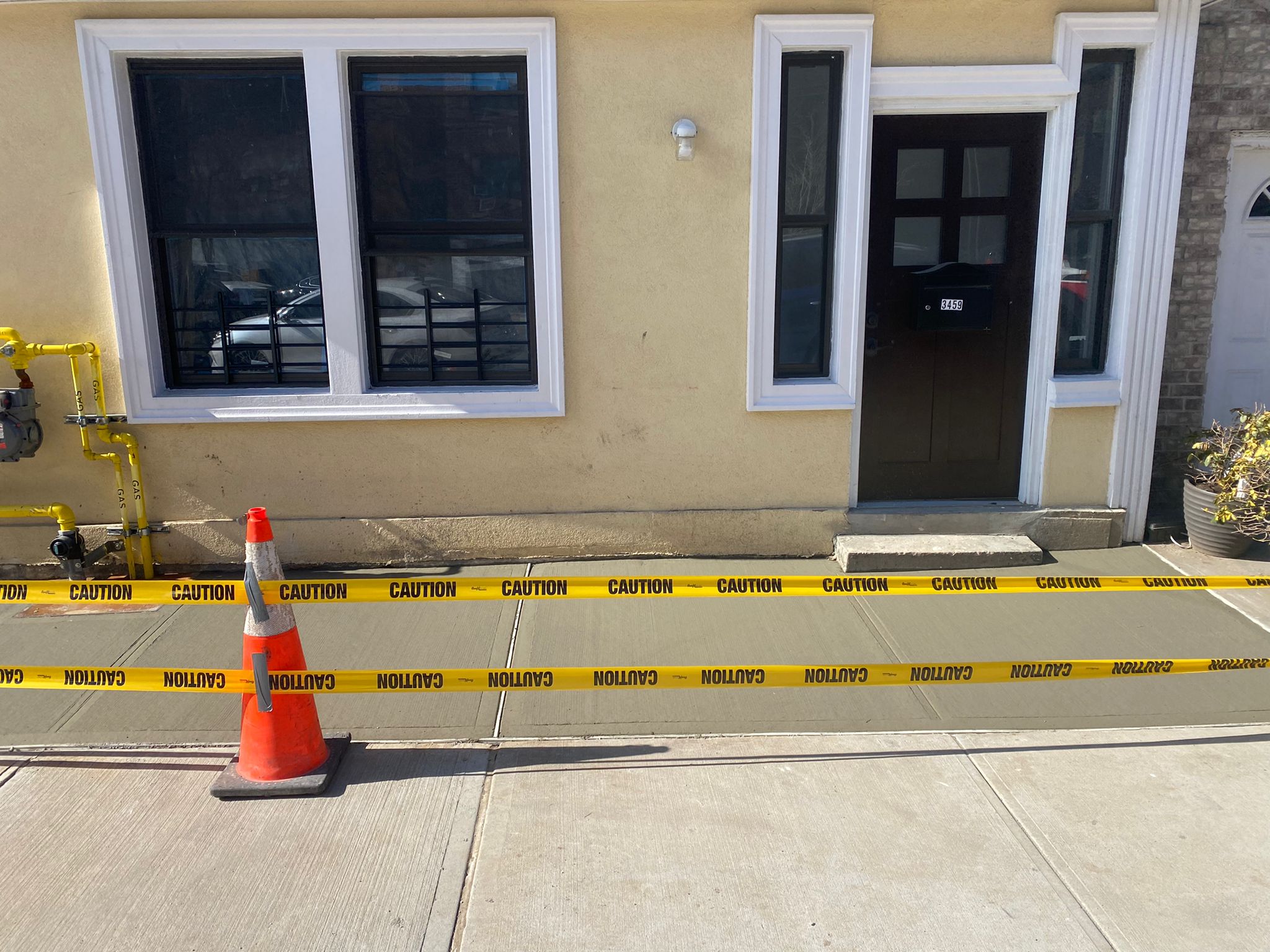
Ensuring Safe Sidewalks in Manhattan: Understanding DOT Regulations
In Manhattan, sidewalks play a crucial role in ensuring the safety of pedestrians. The Department of Transportation (DOT) has established regulations that property owners must adhere to in order to maintain and repair their sidewalks. In this blog, we'll delve into the world of sidewalk maintenance, DOT violations, and the importance of prompt repairs.
Understanding DOT Sidewalk Regulations
Manhattan property owners are obligated to maintain their sidewalks in accordance with specific DOT specifications. Failure to do so can result in DOT sidewalk violations, which not only pose a safety risk to pedestrians but can also lead to property owner liability in the event of injuries.
DOT Sidewalk Violation Repairs
Experienced sidewalk contractors in New York City are equipped to handle DOT sidewalk violation repairs for various sidewalk areas, including walkways adjacent to properties, pedestrian ramps, and intersection walkways. The goal of monitoring city sidewalks is to ensure pedestrian safety and prevent property owner liability. Fortunately, the DOT sidewalk violation process is straightforward, and property owners can avoid penalties or fines by performing the necessary repairs within the specified timeframe.
Common Causes of Sidewalk Damage
Sidewalks in Manhattan endure a range of challenges, including extreme weather, expansion and contraction, pressure from tree roots, erosion, and heavy foot traffic. Regular inspections to identify cracks and trip hazards are essential for detecting and addressing these problems early on.
Cost of Sidewalk Repairs
The cost of sidewalk repairs varies depending on the square footage of the damaged sidewalk or walkway. Typically, repairs can range from $10 to $50 per square foot. However, more extensive issues, such as waterproofing and structural repairs, can cost hundreds of dollars per square foot. While sidewalk repairs can be a financial investment, property owners can take solace in the fact that they shouldn't need to address DOT sidewalk violations frequently. In fact, concrete sidewalks in cities like Manhattan are designed to last at least 15 years.
Prioritizing Repairs Based on Hazard Severity
When it comes to sidewalk repairs, the urgency often hinges on the severity of the tripping hazard. Raised sidewalks present a greater danger than minor cracks. Even seemingly minor problems should be addressed promptly to prevent injuries and structural damage. Common sidewalk defects to watch out for include hardware trip hazards, encroaching tree roots, improper slopes, and collapsed sidewalks.
Addressing DOT Sidewalk Violations
Property owners should take immediate action when sidewalk defects are identified to avoid DOT violations. However, if a violation is issued and repairs are necessary, the process is relatively straightforward. Property owners can contact experienced contractors like Eden Sidewalk Repair NYC to rectify the issues and remove the violation.
Conclusion
In Manhattan, maintaining safe sidewalks is a shared responsibility between property owners and the Department of Transportation. By adhering to DOT regulations, promptly addressing sidewalk defects, and investing in necessary repairs, property owners can ensure the safety of pedestrians and avoid potential violations. Remember, safe sidewalks are not only a legal requirement but also a fundamental part of keeping our city accessible and secure for everyone.